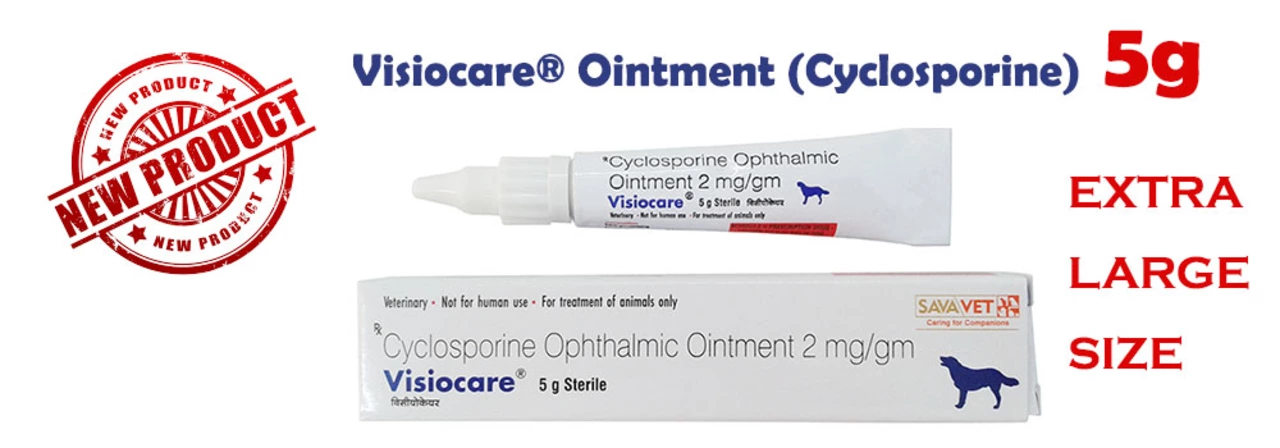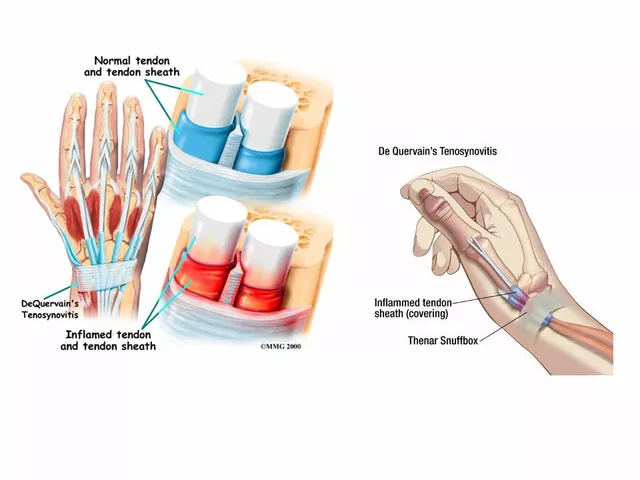Understanding Chloramphenicol and Its Uses
As a pet owner, one of our top priorities is ensuring our pets remain healthy and happy. However, sometimes our furry friends may encounter health issues, such as eye infections. In these cases, chloramphenicol might be recommended by a veterinarian. In this section, we will explore what chloramphenicol is, how it works, and its common uses in treating eye infections in pets.
Chloramphenicol is an antibiotic that is often used in the treatment of bacterial infections in both humans and animals. It has been around for quite some time, having been discovered in the late 1940s. It works by inhibiting the growth of bacteria, ultimately killing the harmful microorganisms causing the infection. This makes it an effective treatment for a wide range of bacterial infections, including those that affect the eyes.
Eye infections in pets can be caused by various factors, such as injuries, foreign bodies, or underlying health conditions. In many cases, bacteria are the culprits behind these infections. Chloramphenicol is a popular choice for treating bacterial eye infections in pets due to its effectiveness, ease of use, and relatively low cost.
Applying Chloramphenicol Eye Drops and Ointments
Chloramphenicol can be administered in various forms, like tablets, injections, and topical preparations. For eye infections in pets, the most common forms are eye drops and ointments. In this section, we will discuss the proper way to apply these medications to ensure the best possible outcome for your pet.
Before applying any medication to your pet's eye, make sure to wash your hands thoroughly to prevent introducing any additional bacteria. Gently clean the area around your pet's eye with a clean, damp cloth to remove any discharge or debris. This helps ensure the medication can make direct contact with the infected area.
When using eye drops, hold your pet's head steady and gently pull down on the lower eyelid to create a pocket for the drops. Carefully squeeze the prescribed number of drops into the pocket, being careful not to touch the dropper tip to your pet's eye or any other surface. Release the eyelid and allow your pet to blink, which will help spread the medication over the eye's surface.
For ointments, the process is similar. Gently pull down on the lower eyelid and squeeze a small ribbon of ointment along the inner edge of the eyelid. Release the eyelid and allow your pet to blink, spreading the ointment across the eye.
It is essential to follow your veterinarian's instructions regarding the frequency and duration of treatment. Completing the full course of medication is crucial in ensuring the infection is eradicated and preventing antibiotic resistance.
Side Effects and Precautions
Like any medication, chloramphenicol can have side effects and may not be suitable for all pets. In this section, we will discuss some common side effects and precautions to take when using chloramphenicol to treat eye infections in pets.
While chloramphenicol is generally well-tolerated, some pets may experience side effects such as irritation, redness, or swelling at the application site. If these symptoms persist or worsen, contact your veterinarian for advice.
It is crucial to inform your veterinarian of any other medications your pet is taking, as chloramphenicol can interact with certain drugs. Additionally, pets with a history of liver or kidney problems may require a different treatment, as chloramphenicol can exacerbate these issues in some cases.
Chloramphenicol should not be used in pregnant or nursing pets unless explicitly directed by a veterinarian, as it can cross the placenta and be excreted in milk. Use caution when handling chloramphenicol, as it can cause allergic reactions or other issues in humans. Always wash your hands thoroughly after administering the medication to your pet.
Monitoring Your Pet's Progress
Keeping an eye on your pet's progress during treatment is essential to ensure a successful outcome. In this section, we will discuss what to look for and when to contact your veterinarian for further guidance.
It is normal for your pet to experience some initial discomfort or irritation after applying chloramphenicol. However, these symptoms should subside within a short period. If your pet's condition does not improve or worsens after several days of treatment, contact your veterinarian for further evaluation.
It is also essential to monitor your pet for any signs of an adverse reaction to the medication, such as vomiting, diarrhea, loss of appetite, or lethargy. If you notice any concerning symptoms, contact your veterinarian immediately.
Regular follow-up appointments are crucial to monitor your pet's progress and ensure the infection has been completely eradicated. Your veterinarian may perform additional tests or adjust treatment as needed based on your pet's response to the medication.
Preventing Eye Infections in Pets
While chloramphenicol is an effective treatment for bacterial eye infections in pets, prevention is always the best medicine. In this section, we will discuss some tips to help keep your pet's eyes healthy and infection-free.
Regular grooming and cleaning around your pet's eyes can help prevent the buildup of debris and bacteria that can lead to infections. Use a clean, damp cloth to gently wipe away any discharge or crust around the eyes. Be sure to use a separate cloth for each eye to prevent cross-contamination.
Keep your pet's living environment clean and free of dust or other irritants that can cause eye issues. Regularly clean bedding, toys, and food and water dishes to help minimize bacterial growth.
Monitor your pet for any signs of eye discomfort or irritation, such as squinting, excessive tearing, or pawing at the eyes. Promptly address any concerns with your veterinarian to prevent the development of more severe issues.
Finally, regular check-ups with your veterinarian are an essential part of maintaining your pet's overall health, including their eye health. Routine examinations can help catch potential issues early and ensure your pet receives prompt and appropriate care.
Conclusion
Chloramphenicol is a valuable tool in the treatment of bacterial eye infections in pets. With proper administration, monitoring, and follow-up care, most pets will make a full recovery. By staying vigilant about your pet's eye health and taking preventive measures, you can help ensure your furry friend enjoys a lifetime of clear vision and overall well-being.



